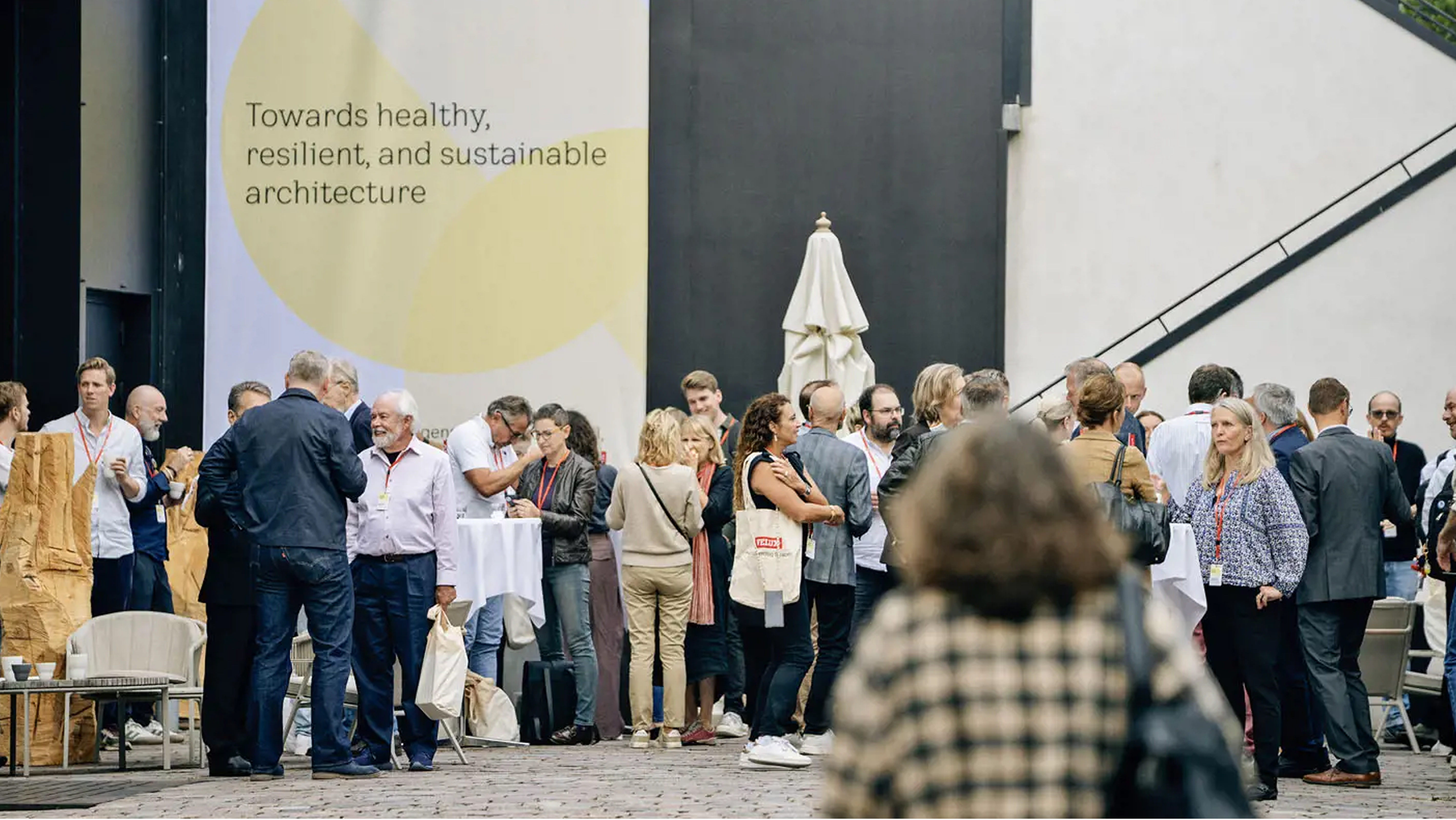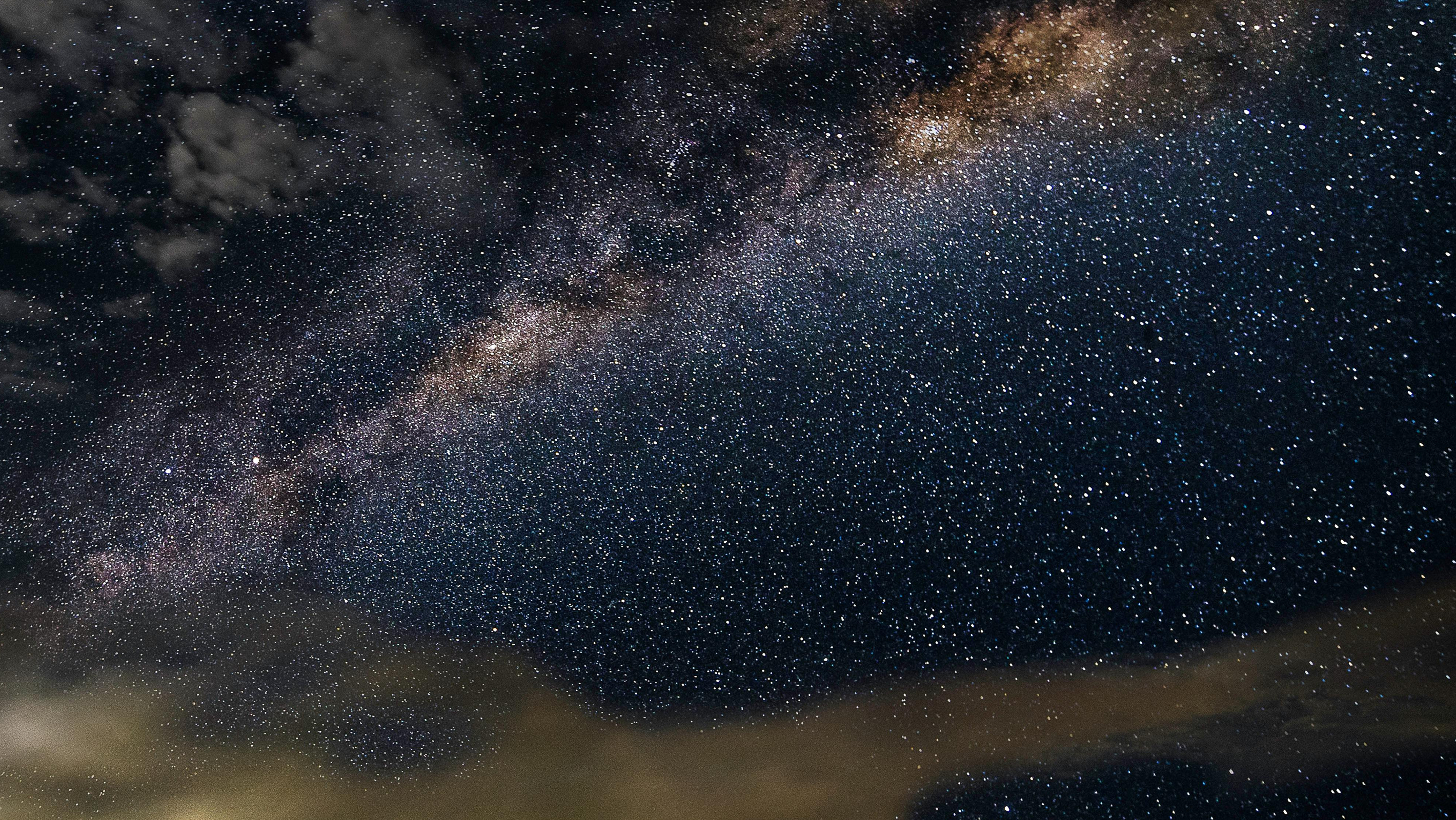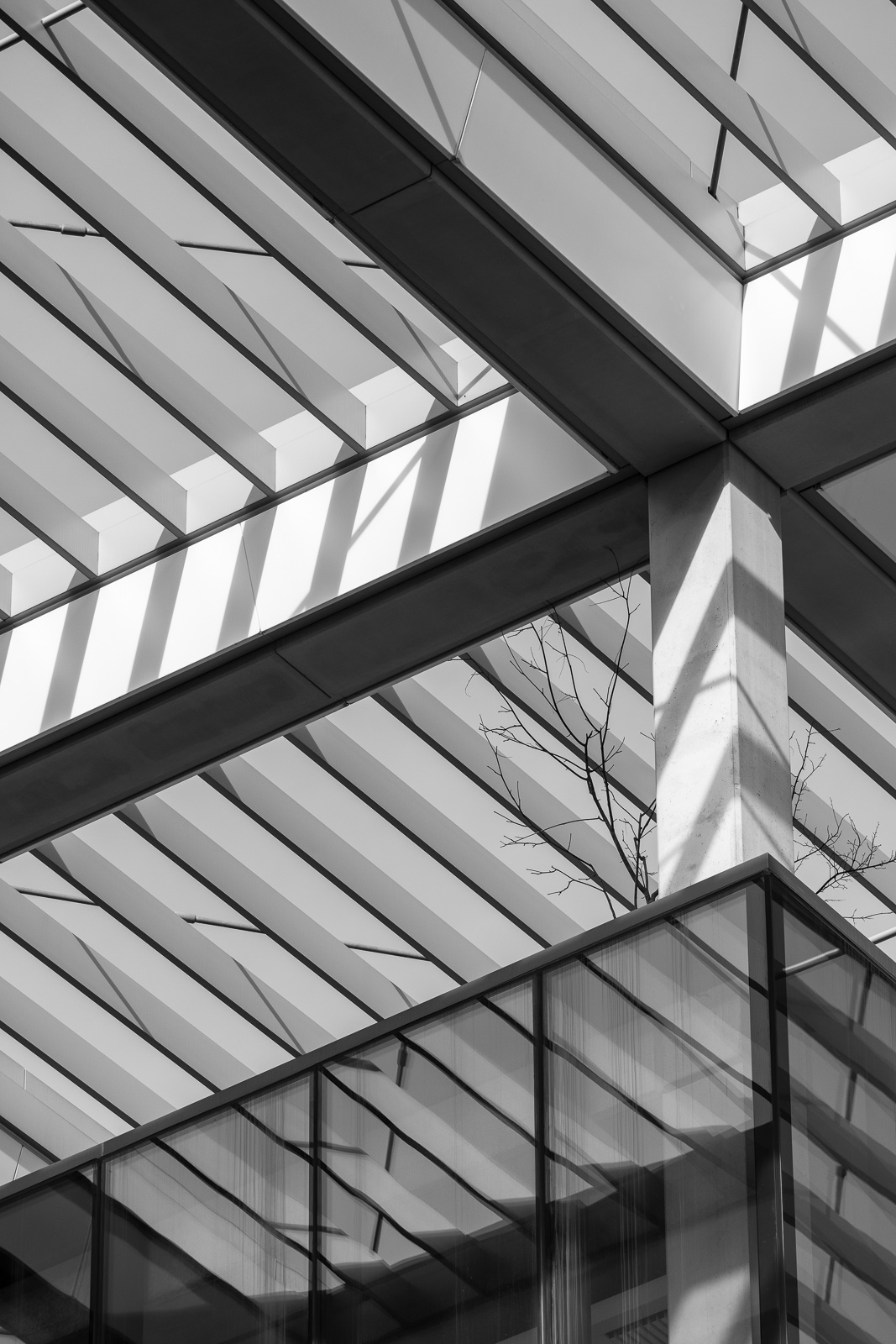Recreating the Full Moon Theatre

"The Full Moon Theatre is a project of many lifetimes."
-Peter Rice
In the open-air theatres of ancient Greece, daylight was the only source of light. Performances were held during the day, when the light conditions were the best for the particular site and stage.
It was only in the Roman theatres that artificial light was introduced in the form of candles, torches and lanterns to illuminate indoor theatres. Flame-based light sources were the basis of the birth of stage lighting design during the Italian Renaissance, when hundreds of candles would be put at the front of the stage to illuminate the actors’ faces. It was then that the architect and pioneer lighting designer Niccolò Sabbatini invented the first reflector spotlight, by attaching a polished basin behind a number of flames to direct light to specific areas of the stage.
But what about moonlight? Before the advent of electric lighting as we experience it today, in our constantly lit homes and light polluted cities, on starry, moonlit nights it was possible to walk safely at night and enjoy the beauty and mystery of the firmament. It is hard to believe that, in all the centuries that document our history, no one has ever attempted to put on a theatre performance under the light of the Moon.
But then, the Moon is seen on our planet as fully illuminated by the Sun only once a month for a few days, and the sky must be clear of clouds. This level of unpredictability makes it impossible to schedule a moonlit performance. The amount of illumination that the full Moon produces is also approximately 500,000 times less than that of the Sun. This amount of light is capable of stimulating only the rod photoreceptors in our eyes, making our vision predominantly monochromatic.


“Protected by this «magic attractive idea» of designing with natural colours the lighting of a performance, of a concert, of a ballet by using only full moonlight, we were able to open a wider field of research and investigations for the use of minimal natural light. In doing so, we were also shaking the roots of theatre itself in a forgotten environment. The «Wonderful Laboratory» was born.”
– Humbert Camerlo
The “Wonderful Laboratory”
Undeterred by all these technical considerations, an international team of physicists, engineers, artists, musicians, writers, choreographers, dancers, film directors, television producers, led by the French opera director Humbert Camerlo and the Irish engineer Peter Rice, set themselves to create the first open-air theatre performance exclusively illuminated by the light of the moon.
The project started in 1987 with the setup of the Ateliers de Gourgoubès, a creative musical and theatrical workshop established by Humbert Camerlo in his summer residence, located in a remote valley at the foothills of the Cévennes, in the south of France. Humbert Camerlo invited the engineer Peter Rice to contribute to the project. At the time, he was working at two engineering firms – Ove Arup & Partners (London) and RFR (Paris) – and was famous for his structural design of Centre Pompidou. Other engineers from Arup and RFR, in particular Andy Sedgwick and Nicolas Prouvé, worked on the moon path calculations and on the theatre and moonlight reflector designs. Calculations, drawings and notes were frantically faxed across London, Paris and Gourgoubès over several years to develop and perfect the designs of the various theatre and lighting components.
A team of stonemasons coming from the Atlas mountains of Morocco built the theatre over a period of eight weeks, and in 1991 the first performance – a dance piece based on Picasso’s painting Les Trois Musiciens– took place during the June Full Moon. The French TV channel, Antenne 2, filmed the design and construction of the theatre in London and Gourgoubès, and a few weeks after that in August, a five hour TV special called La Nuit des Étoiles Filantes (The Night of the Shooting Stars) with a dance performance by Momix was broadcast from the theatre to coincide with a lunar eclipse.
The philosophy of the project is described with an interesting anecdote in Peter Rice’s autobiography: An Engineer Imagines, where he describes all the challenges they faced when aiming the reflectors and keeping them in place during the many gusts of wind that were rising unexpectedly during the performances, forcing even those people who usually hang around as spectators to also help out. One of them said they could not understand why the reflectors were not working because Peter Rice had a good reputation as an engineer. The point that Peter makes is that this project is not a product of the industry, but instead a project that slowly builds local expertise, a process of learning in which there is no passive spectator but instead everyone is an active participant. It is also a spiritual experience, reconnecting everyone who participates to the primordial relationship with moonlight.





Moonlight Reflectors
To capture the feeble moonlight rays, the “Wonderful Laboratory” of the Full Moon Theatre created many designs for the moonlight reflectors, with various degrees of success.
In theatre lighting, at least two types of lights are needed, one more directional and typically covering a smaller area to focus attention, and one more diffuse and covering a larger area to fill the stage with background light and revealing elements of the scene. There are also other types of stage lights, for instance set decoration to enhance the scenography or backlighting, which is needed to reveal the contour of people on stage, but these are not easy to replicate with moonlight.
Each reflector type was given the name of an astronomer or of a star.
In 1991, three types of reflectors were created:
- The large Copernicus, which were located behind the audience, were composed of rows of rectangular mirror slats. These needed to be focused with a lot of effort using strings, almost like a musical instrument constantly needing to be tuned.
- The medium-size square shaped Kepler reflectors which were fabricated in timber and plywood with dimensions based on the calculation software, were mounted on gimbal frames to simplify their aiming.
- The circular shaped Archimedes were used to light the actors, dancers or musicians on stage.
The Copernicus and Kepler reflectors attempted to illuminate a somewhat larger area, typically a few metres wide on the stage, while the Archimedes typically only illuminated a small portion of the body of the person on stage, providing focused light.
The curvature of the reflectors was a portion of a paraboloid, so that the almost parallel rays of moonlight could be converged and concentrated at the specific distance between the location of the reflector and the area where the actors would be on stage.
The stage was also covered in a mirror-finished material to reflect moonlight to the back and sides of the people on stage.
In 1992, new larger reflectors were developed, each one named after the stars: Antares, Pollux, Altair, Vega, Deneb and Polaris. These reflectors were hung on a large scaffold structure and then moved manually on rails. Their positions were precalculated to allow the adjustment of the reflectors following the path of the Moon on the specific night.
Several more performances on moonlight nights were planned for the following year but were not realised due to a lack of financial support. In the following decades, a few more attempts were made to refine the project, which resulted in the development of more reflector designs, like the Tycho. This reflector was developed together with the company Vector Foiltec. It featured a metal frame holding an ETFE pillow with an internal reflective surface that could be curved by varying the relative pressure between the ETFE membranes.



“All that we can hope is that other people will be stimulated by it and not copy us but find their place and their problems, their myths, their breath. And eventually one could imagine maybe a dozen locations around the world where there would be moon theatres, all completely different but all generated by some reservoir of enthusiasm linked at a spiritual level.”
–Peter Rice
A new beginning
I discovered this marvellous project and its story while still a university student when I read Peter Rice’s book An Engineer Imagines, referred to above. The book was dictated by Peter after he was diagnosed with a brain tumour, and published posthumously in 1994. The Full Moon Theatre is the last project described in the publication and was indeed the last project that Peter worked on.
After university, I joined the engineering firm Arup and in 2012 I became involved in the exhibition ‘Traces of Peter Rice’ organised by Phase 2, Arup’s cultural program, to celebrate Peter’s extraordinary life and work. The opening of the exhibition was an opportunity for me to meet Humbert Camerlo. His enthusiasm for the Full Moon Theatre was highly contagious and I soon found myself involved in meetings to plan Full Moon Theatres around the world. After 2012, Humbert staged Full Moon performances in Gourgoubès a few more times. His death in 2020 came as a shock to the community of art, science, technology and moonlight lovers that he had nurtured from the early days of the Ateliers until the last moonlight performances.
I realised that Humbert left so much energy and passion about beauty, community and the idea of creating artefacts with respect to nature in all the people that he encountered. However, very little was left in terms of technical information for new generations to take on his and Peter’s legacy. The Visiting School programme at the Architectural Association School of Architecture with the support of the Arup Phase 2 cultural programme provided me the opportunity to restart this project in a learning environment and to lay down the foundations for the laboratory to continue and optimise its tools and the reflectors designs, so that more Full Moon Theatres around the world can start and flourish.
The Full Moon Theatre AA Visiting School was also an opportunity to work together as a community after experiencing the isolation of the COVID 19 pandemic and reflect on the fragility of our ecosystem and on the impact of our design actions. These are critical contemporary issues that are especially relevant in the context of the climate, energy and ecological emergencies that we are facing, and which were so dear to Humbert and Peter. The laboratory was located in Hooke Park in Dorset, where the Architectural Association has a campus immersed in a woodland, over the course of four days between the 4th and 7th of March 2023, with the last course night being a Full Moon night.
The intentions of the AA Visiting School were 1) to incorporate, develop and build on existing research to design and construct a site-specific open-air Full Moon Theatre, equipped with locally digitally fabricated moonlight reflectors, 2) to stage a test performance rehearsal fully illuminated by the light of the Moon, without using electricity, and 3) to create an online “Full Moon Theatre Library” including all the tools, documentation and techniques developed during the workshop that anyone could use to stage a Full Moon Theatre performance anywhere in the world in the future.
Following the example of Peter Rice, Humbert Camerlo and their visionary team, the AA Visiting School workshop demonstrated that it is possible to create with economy of means, being sensitive to the local context and constraints. We produced everything directly on site, like they did in Gourgoubès, but this time we combined manual techniques with the new tools of digital fabrication and simulation. In doing so, we took the original concept one step further, bringing new experimentation and innovation to the processes and making the knowledge base available for future use.
The 2024 Full Moon Theatre visiting school will happen again in Dorset between the 22nd and 25th March, find out more here: Full Moon Theatre (aaschool.ac.uk)
The design materials developed during the workshop are available at the following Internet addresses:
and include a new parametric reflector design named after Aristarchus of Samos and provided in the open source FreeCAD format that can be digitally fabricated and easily assembled and disassembled, and some digital calculation tools to facilitate the event planning and lighting simulation to validate how the reflectors work in any specific site.
Everyone reading this article is invited to browse through them, study them, improve them and use them to create their own Full Moon Theatre anywhere they wish.









Acknowledgements
This project wouldn’t have happened without the help, enthusiasm, dedication and support of many people. I wish to thank:
- Jennifer Greitschus for her research and exhibition design work that has taught me so much throughout the years, and for providing support to the workshop as part of the Arup Phase 2 programme.
- Alexandre Camerlo for bringing the perspective of his life growing under the moonlight of Gourgoubès to Hooke Park and keeping the memories of the Full Moon Theatre alive.
- Andy Sedgwick for telling the story from a scientific, engineering, design and human perspective.
- Tristan Simmonds for conceptualising and developing the initial models of the new reflector design.
- Andrea Spanu for optimising the reflector design and developing its parametric model.
- Gary Edwards for assisting with the CNC fabrication of the reflectors and theatre components.
- Danny Steadman for assisting with the assembly of all components on site.
- Jonathon Whitwell for his beautiful nyckelharpa soundtrack to the workshop.
- Kate Davies, Emmanuel Vercruysse, Julia Brinsden, Charlie Corry Wright and Wyatt Armstrong at Hooke Park for their help organising the workshop and assistance on site.
- The students of the first Full Moon Theatre Workshop in Hooke Park (Mina Gursel Tabanlioglu, Ross Mackenzie, Sam Dixon, Rafael Ferres Echavarren, Sai Snigdha Pinisetti and Yiting Sun) for their participation, questions, suggestions and making the workshop worthwhile.
- Christopher Pierce and Beatriz Chivite of the Architectural Association for the assistance with getting the workshop organised as part of the Visiting School
- Alexandra Savtchenko-Belskaia, Sandra Kolacz and Sean Gwee for the many thought-provoking conversations, and for accompanying me to my initial site visit to Hooke Park.
- Javier Castañón for his mentoring and support throughout my time teaching and tutoring at the Architectural Association.
Bibliography
- An Engineer Imagines, Peter Rice (Artemis, 1994)
- Traces of Peter Rice, Kevin Barry (The Lilliput Press, 2012)
- https://github.com/fullmoontheatre
- https://fullmoontheatre.org/




